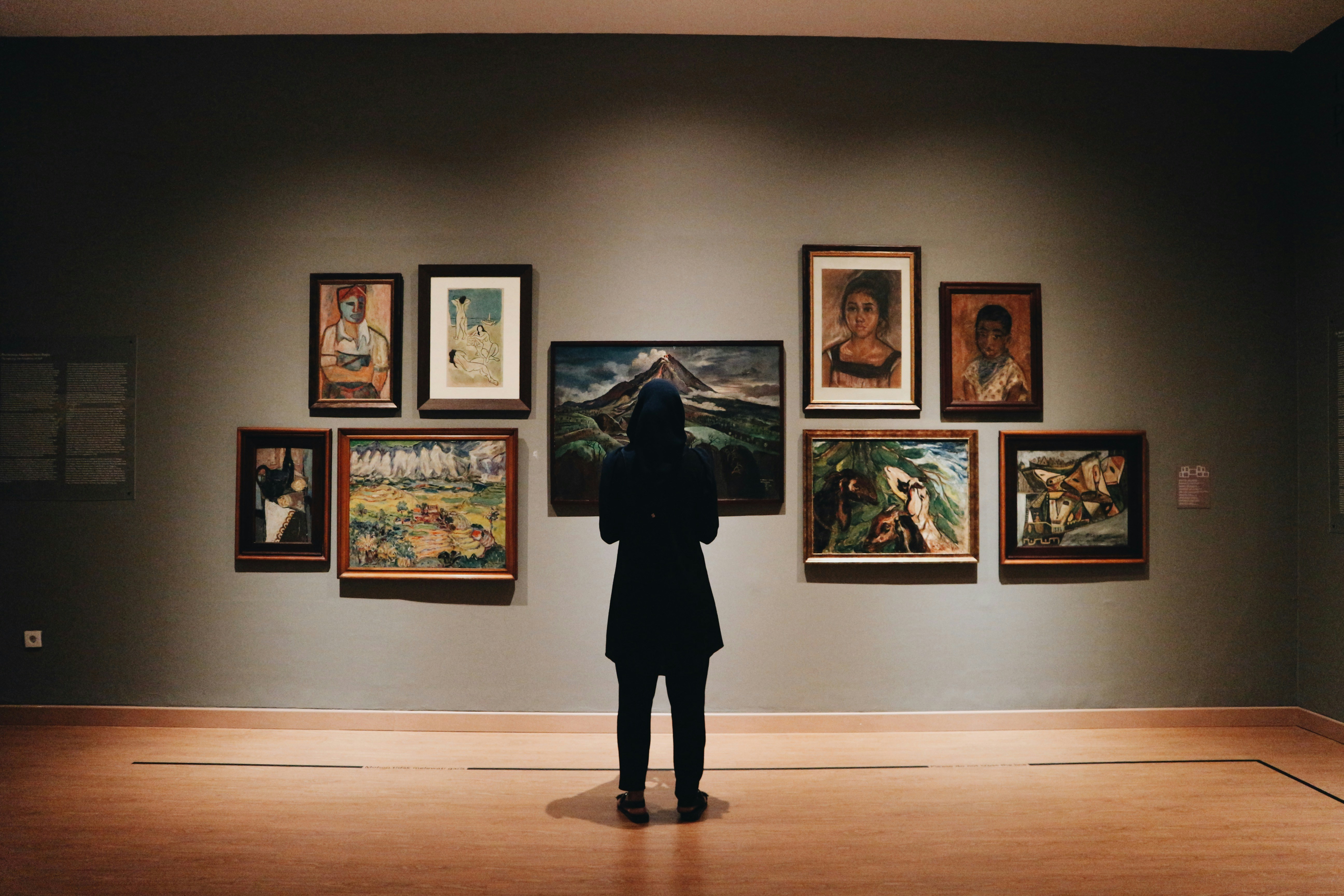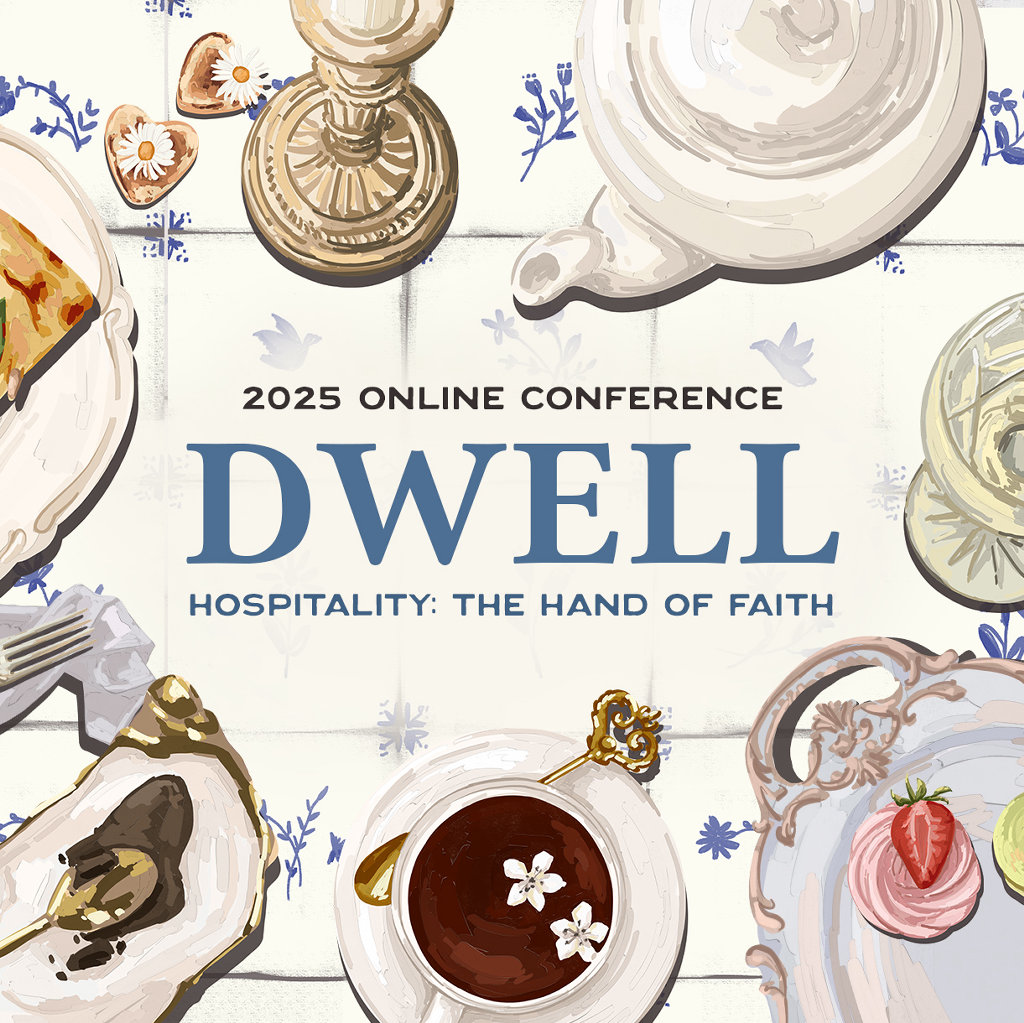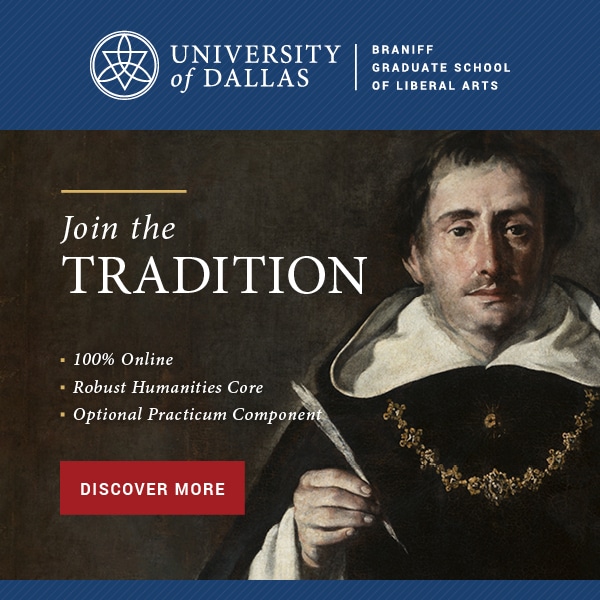The Christian Continuum: Four Ways Art Dialogues with the Christian Faith

An oil painting of the crucifixion hung in my grandfather’s office for many years. My uncle painted it. As a child, I remember glancing up at it and into the eyes of Jesus. He painted it from the perspective of the foot of the cross, so Jesus looked back at you. I have often wondered, was my uncle trying to say something about Jesus, the world, or those who come to the feet of the cross? Or was it simply a reflection of his time in the Catholic faith? With students in the room, I might ask, “Is this Christian art?” It is not a terrible question, but it only leaves two answers—yes or no.
Another way to explore this question is an approach that brings together insights from Leland Ryken, an author and scholar, and Brian Godawa, a screenwriter and novelist. This approach is more nuanced and calls us to interpret what the work is saying or doing about the world. It helps us see that many artists are dialoguing with the Christian faith at various levels.
The Continuum
In his 2005 book The Liberated Imagination: Thinking Christianly About the Arts, published by Wipf and Stock, Ryken suggests that instead of putting art into only two categories, Christian or non-Christian, we put it on a continuum analyzing how it engages with the Christian faith (199). The continuum moves from a superficial to a robust engagement with Christianity.
Level one is allusion.
Level two is inclusive.
Level three is exclusive.
The final level comes from the work of Brian Godawa, who has written extensively on the philosophy and theology behind movies.
Level four is subversive.
Let us explore each level with examples from movies, plays, and novels, although you can use the approach on most artwork. I have included sample interpretive questions at the end of each section to help us think through each level on the continuum.
Allusion
The first way art can engage with Christianity is primarily through symbols or imagery. This level is simple to see if you look closely, especially in the classical and Christian tradition. Any time we see a church, a priest, a cross, or a prayer, we have an allusion. For fun, here are some instances in popular culture: We meet a character named Trinity and a ship named Nebuchadnezzar in The Matrix (1999). In the last episode of “Lost” (2004–2010) we see a stained glass window with a strange mismatch of religious symbols, including the cross, directly behind Jack Shephard. Vito Corleone is Catholic and witnesses the baptism of his son in The Godfather (1972). Ethan Hawke plays a troubled priest in First Reformed (2017). In The War for the Planet of the Apes (2017), there is a gas tank with the Greek letters Alpha and Omega and a large text that reads “The Beginning and the End,” a reference to Revelation 22:13. Fascinating, right?
But the lesson with allusions is twofold: (1) they are everywhere, and (2) we should not read too much into them, speculating about the artist’s loyalties. Ryken notes that “by themselves . . . biblical allusions or Christian symbols are the least reliable index to whether the allegiance of a work is Christian” (199). An artist may use the allusions for no specific reason, to support a Christian vision of reality, or, as we will see, to undermine it.
Interpretive question: What in the artwork reminds you of the Christian faith?
Inclusive
The second way artwork engages with the Christian faith is by advocating an idea or doctrine that Christianity affirms but other religions or worldviews do as well. Consider the film A Quiet Place (2018). The story is about a family trying to survive in a postapocalyptic world ravaged by aliens. This world is a crucible, leading to a beautiful meditation on marriage and family. John Krasinski, the writer, director, and lead, shared that he made the movie as a love letter to his daughter. Even his wife, Emily Blunt, starred in the movie as his wife! In one scene, the family prays together, and in another, a plot-transforming sacrifice occurs. These are inclusive engagements because while Christianity values generosity, contentment, marriage, and family, so do many other religions and worldviews.
Interpretive question: Is Christianity the only system that affirms this doctrine?
Exclusive
An artwork’s engagement with Christianity is exclusive when it contains themes or perspectives on a subject that is unique to the Christian faith and lends support to it. In Hamlet, Shakespeare weaves a coming-of-age story amid sin and injustice that upholds a Christian view of providence. Hamlet even references Matthew 7 when he says, “There is special providence in the fall of sparrow.” In Crime and Punishment, Dostoevsky reinforces a Christian understanding of salvation through Raskolnikov’s murder of an old lady, highlighting a biblical view of sin and guilt. Charlotte Brontë in Jane Eyre offers a Christian view of calling, romance, and marriage that combats our culture’s push to “follow our hearts.” Louisa May Alcott does a similar thing, drenching her novel, Little Women, with biblical ideas and references to Pilgrim’s Progress, casting a vision of what it means to journey to the Celestial City in a modern world with many distractions. When art dialogues in an exclusive way, get ready—you will find much that is beautiful, true, and good!
Interpretive questions: What themes, ideas, or images in this work are distinctive to Christianity? How do they affirm the Christian faith?
Subversive
The last level of engagement is when artwork uses Christian imagery, symbols, and ideas to undermine the Christian story or its key doctrines. Think of a submarine, a vehicle that swims deep under the radar. Subversive stories require discernment to uncover their presence and purpose.
Brian Godawa writes in “Storytelling as Subversive Apologetics: A New View from the Hill in Acts 17” that “subversion is the strategy of engaging oneself in an opponent’s story, retelling the story through a new paradigm and, in the end, taking the opponent’s story captive.” Artists can use subversion for good (Godawa argues Paul does this in Acts 17) or evil.
For example, consider Samuel Beckett’s Waiting for Godot, an absurdist play rife with biblical imagery and references. Is this an exclusive engagement? Doubtful. More likely, Beckett is offering commentary on the Christian God and the universe, namely that God was absent from it—the opposite of what Shakespeare does in Hamlet. In the play, the characters wait for a man named Godot who never arrives, just like human beings look to a God (Godot) who never comes.
The War for the Planet of the Apes is another fascinating example of a movie that appropriates Christian imagery and symbols from the Exodus, the Crucifixion, and the book of Revelation to cast a humanistic vision for what it means to escape slavery and live in the Promised Land. (See my in-depth review here.)
Interpretive questions: What does this artwork borrow from Christianity? How does the artwork critique or undermine the very things it has borrowed?
Time to Discuss
These four levels are tools, and I pray they help you and your students listen to the way art dialogues with the Christian story, propelling you into the Great Conversation.
Dane Bundy
Dane Bundy is Director of Fine Arts at Regents School of Austin and President of Stage & Story, a ministry dedicated to cultivating the Christian imagination by equipping and connecting Christians in the arts.








